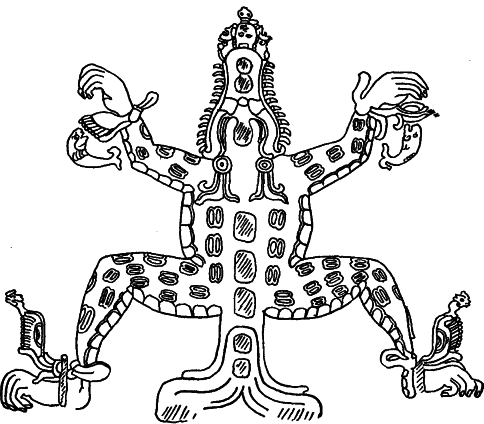Designing
of/for/with/against Aging Society: A Bottom up Approach
Mitsuho Ikeda, M.Med.Sci., Osaka University, Japan
Sookja Suh,Ph.D, Niigata College of Nursing, Japan
Reviewing of previous proposals of both top-down and technocratic approarch for improving aging society in Japan, and offering an alternative social research methodology instead of these formalistic approaches, are our purposes.
Background:
In Japan many proposals of designing aging societies that have been published are made by government, foundations relating this field, and academic groups. Against the these trends, some NGO and private foundations that criticized governmental and official top-down approarches such as have challenged to open with alternative and eclectic approaches including bottom-up methods by the people which they called as "citizens." Some academic associations in engineering and information sciences that share with technocratic minds are now finding the best way to help aged care takers and givers through introducing high-tech devices that will be invented near future. In these optimistic recipes there have two discourses that we can find out in common tone, (i) it represents social task that government and institutions "ought to do" something, and (ii) there is paternalistic imagination that aged stakeholders "should" be enjoyed under the idealistic policies which they will offer.
Method:
We firstly review world social trends coping with aging societies by using the global innovation mapping device by the World Economic Forum which organizes the annual meetings in Davos, Switzerland. The global innovation mapping device is very useful for conscientization for our purpose. There are seven focus as (i) Social Welfare Program, (ii) Elder Caregiving, (iii) Health and Functional Ability, (iv) Workplace and Workforce Change, (v) Age-Friendly Infrastructure, (vi) The Silver Economy, and (vi) Innovation Readiness, each focus will be related with five or seven elements of twenty-three social key issues by virtual high-lighting in web site. By using these table, we can apply community diagnosis for the social issues of aging communities and each family cases.
Results and Conclusion:
We conclude that the Community-Based Participatory Research (CBPR) methodology is recommendable for finding local potentials through coping with aged people of both urban and rural areas in Japan because this type of action research is applicable to reconstruct the relation with aged people and to create social mobility collecting social capital inside of each segment of large society. Through this participatory method young researchers may open dialogue to talk frankly what the matter of specific problem of each case.
TheWorld Economic Forum takes heuristic approarches.
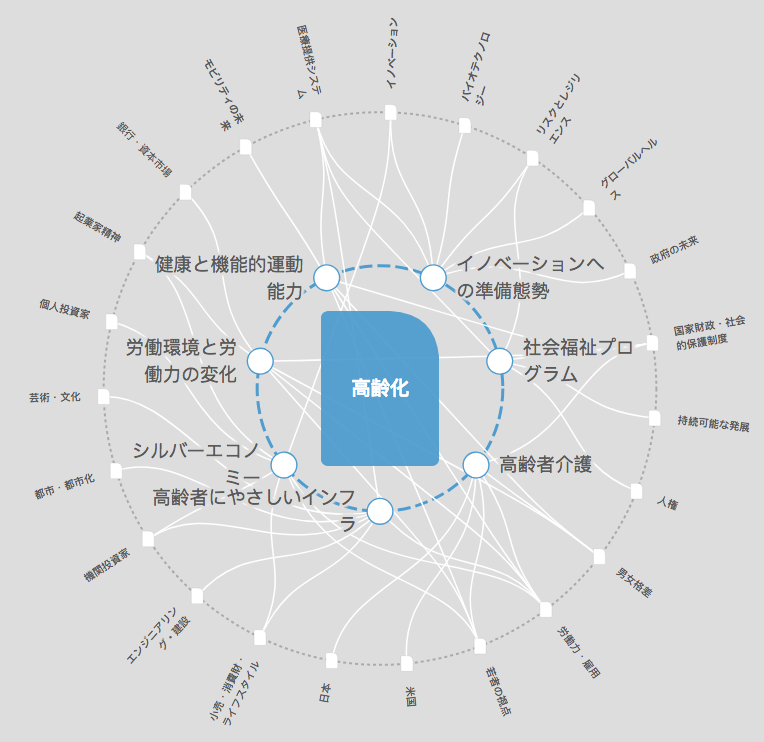 |
 |
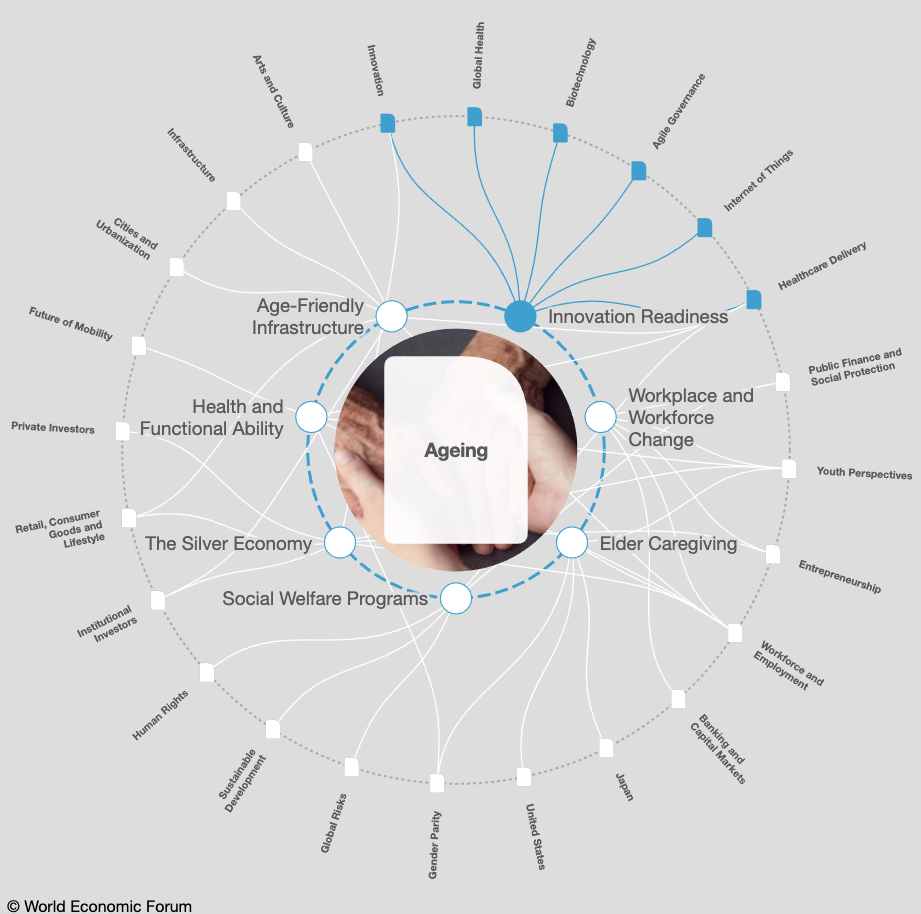 |
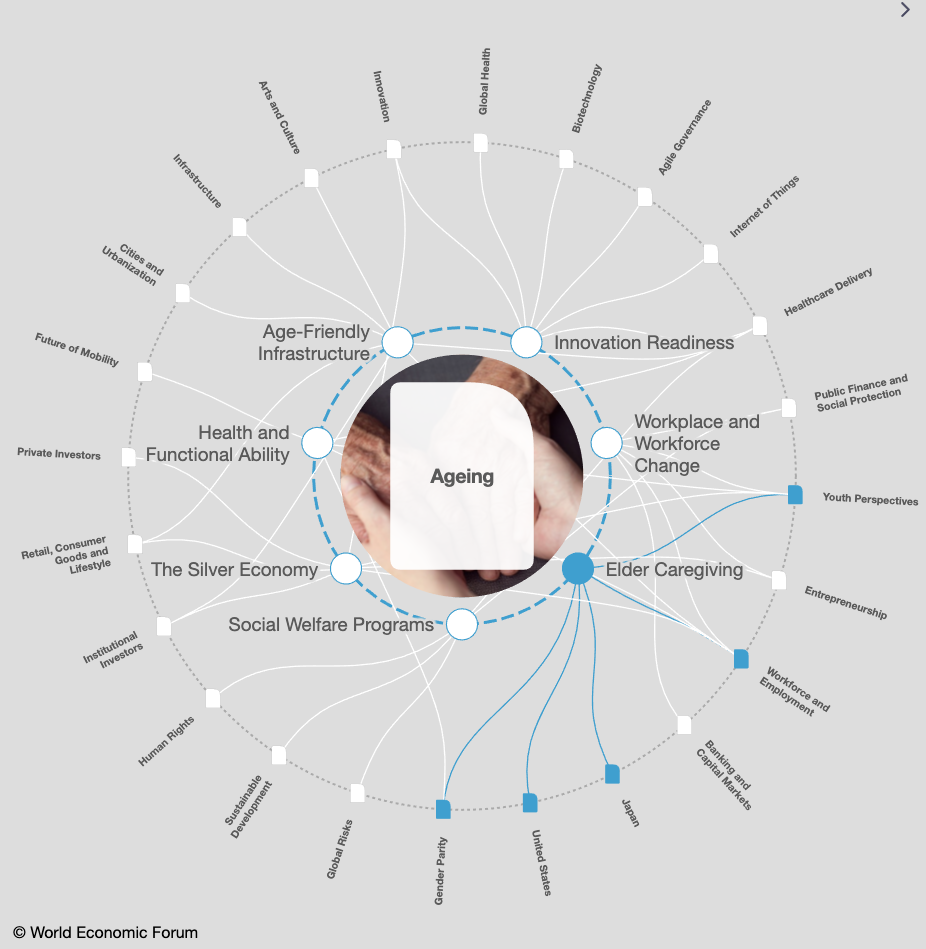 |
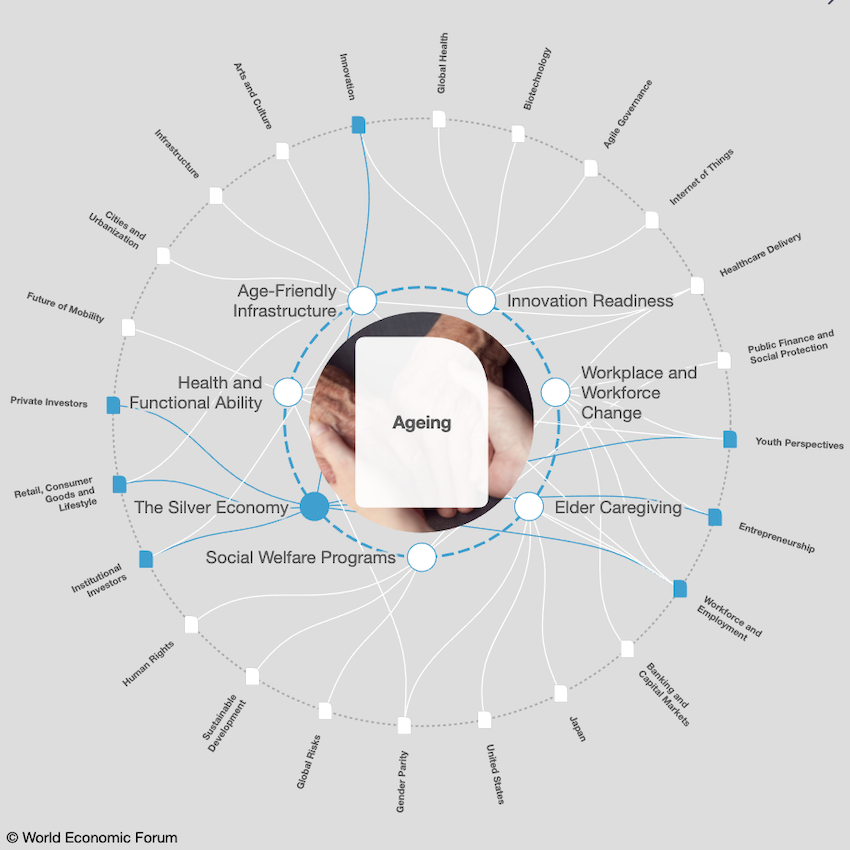 |
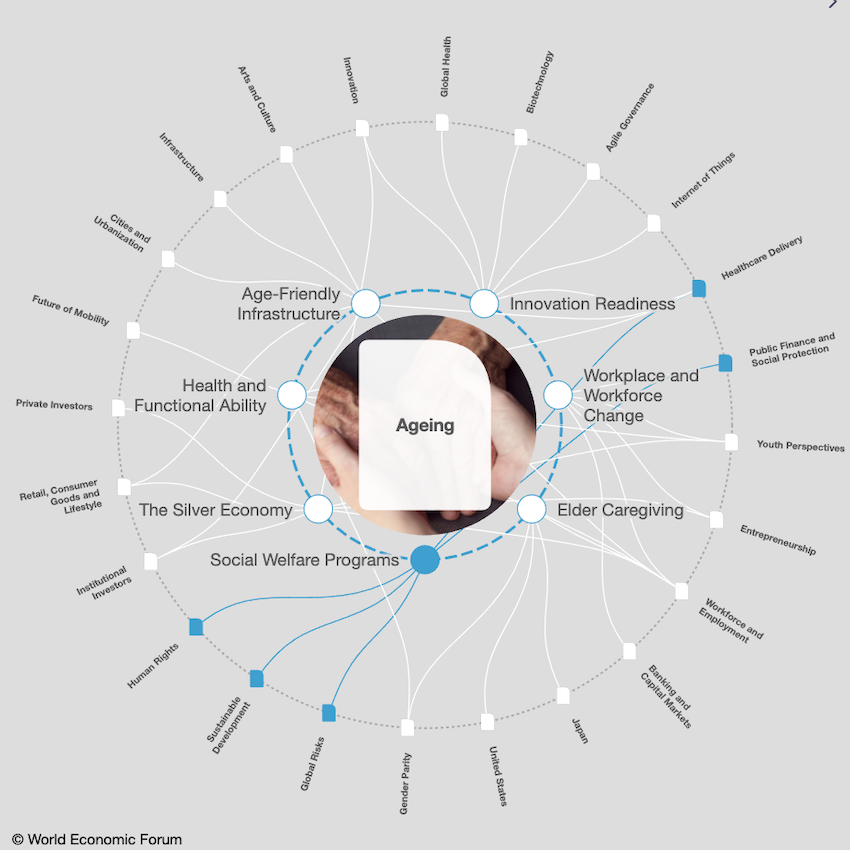 |
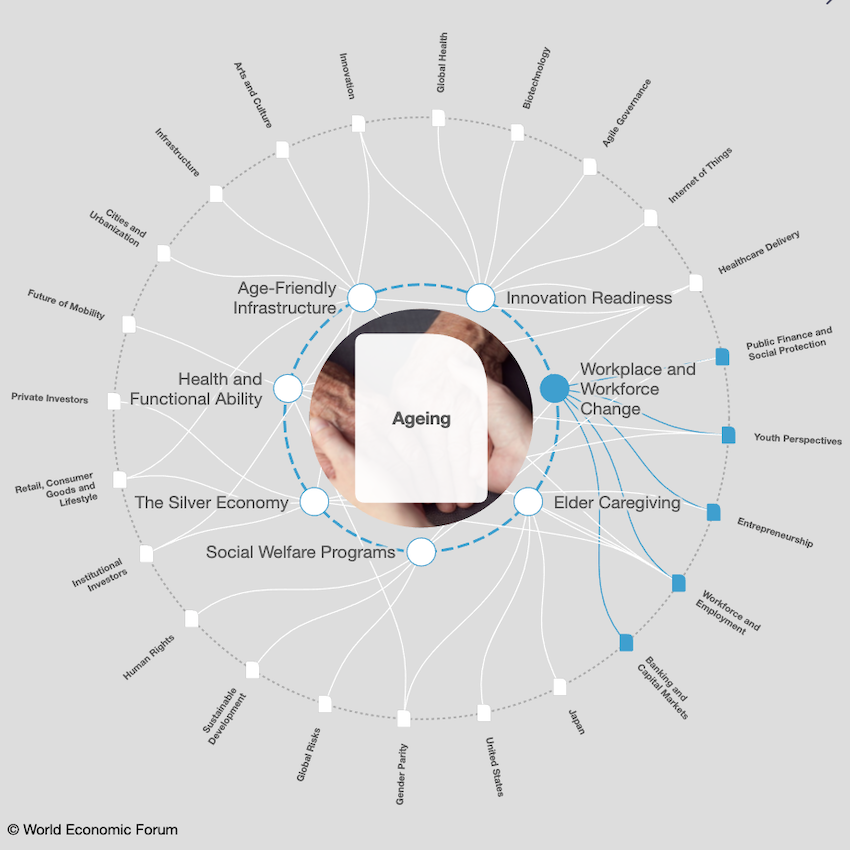 |
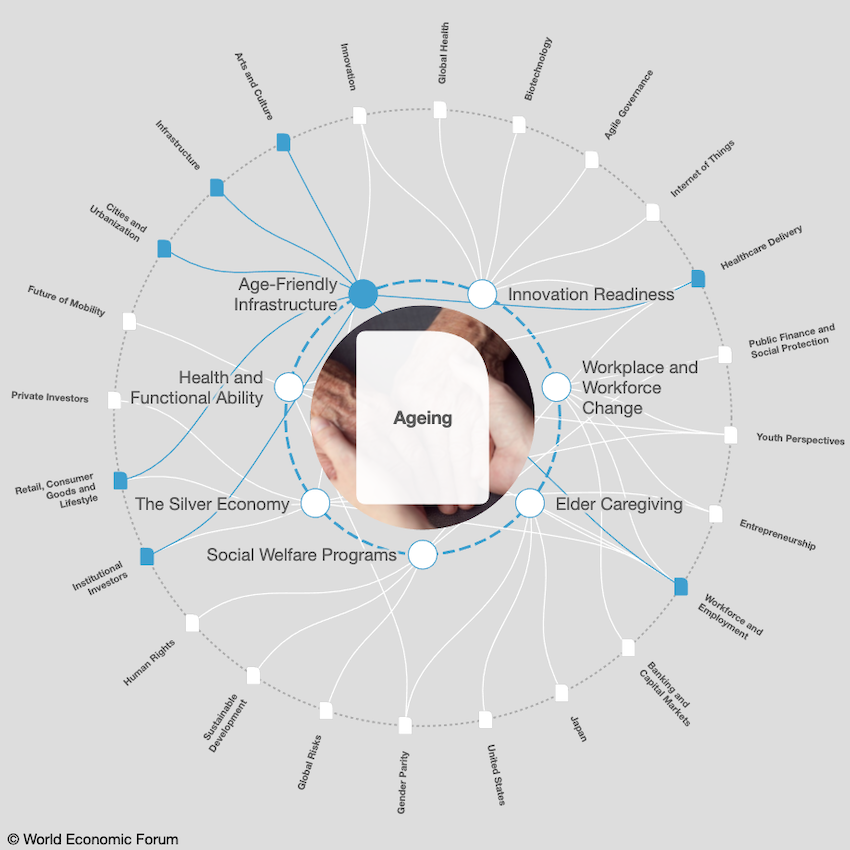 |
"By 2020, the global population of those over 60 years of age will reach 1 billion; by 2050, it is expected to reach 2 billion. This trend, combined with a general decline in birth rates, is leading to a situation where the world’s old will outnumber the young. This presents an economic opportunity, as consumers over 60 will have trillions of dollars in spending power to help drive global consumption. There is also an opportunity to better leverage the abilities of those over 60, by adjusting workplace policies and redefining what “retirement” means. Investing more significantly in healthier ageing processes can help combat related health conditions, improve functional ability, and increase productivity. A transformation of institutional structures is called for, alongside public policies better aligned to the world’s new demographic makeup.- This briefing is based on the views of a wide range of experts from the World Economic Forum’s Expert Network and is curated in partnership with the Global Coalition on Aging." - Aging by World Economic forum.
Copyleft, CC, Mitzub'ixi Quq Chi'j, 1997-2099
